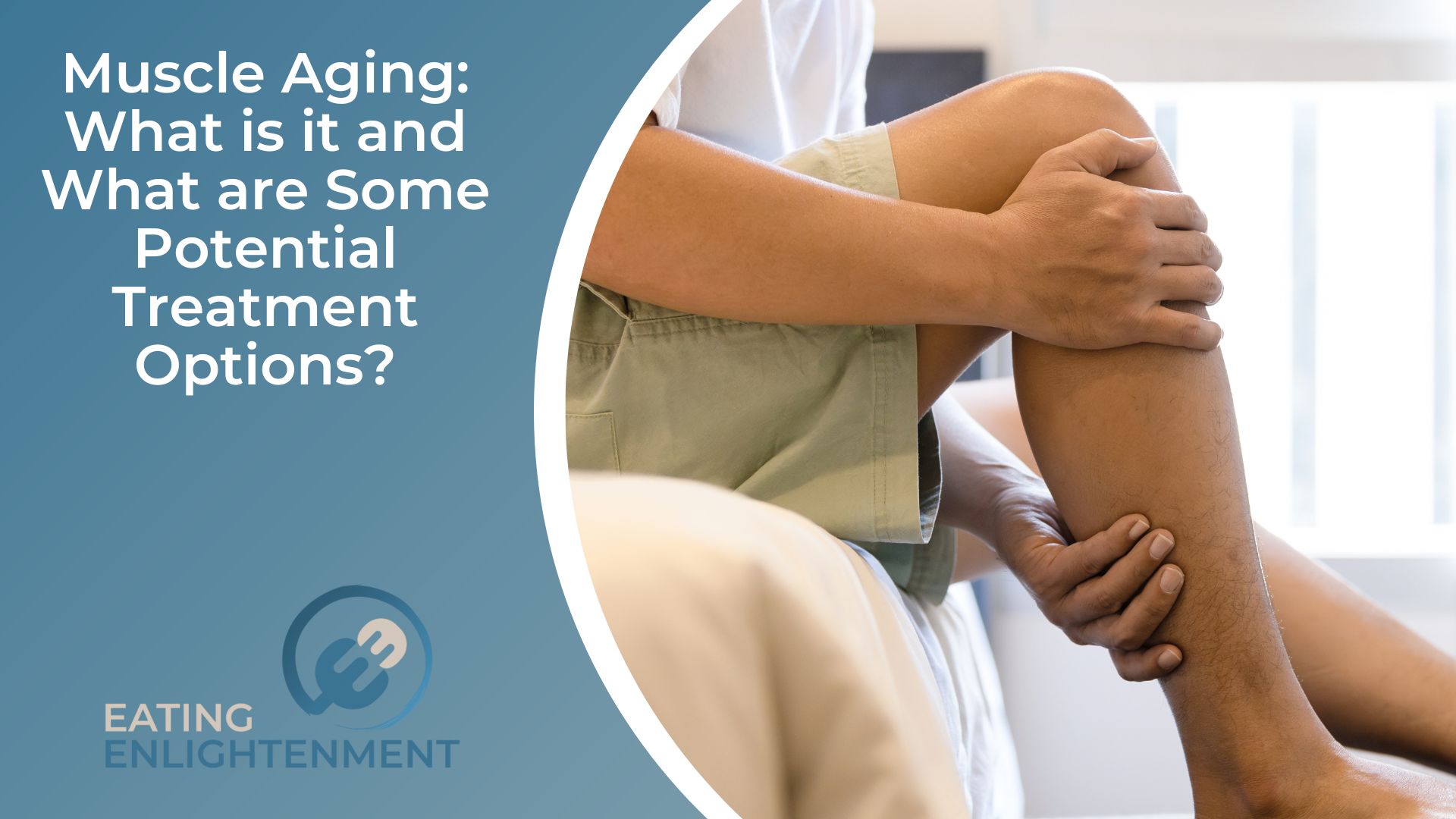Muscle aging is a natural process that affects all of us as we grow older. With each passing year, our muscles gradually lose their strength, mass, and flexibility, leading to noticeable changes in our physical capabilities.
Reduced muscle function can lead to a decline in mobility, increased risk of falls, and a loss of independence. However, understanding muscle aging and the various strategies to combat its effects can help us maintain our strength and vitality well into our later years.

Understanding Muscle Aging
Muscle aging, scientifically known as sarcopenia, involves the gradual loss of muscle mass and function. As we age, our muscles naturally begin to shrink in size and decrease in strength, a process that can start as early as our 30s or 40s. This decline is partly due to changes in muscle fibers, with a noticeable decrease in the number and size of fast-twitch fibers, which are crucial for quick, powerful movements.
Additionally, the regeneration capacity of muscle tissues diminishes over time due to a decrease in satellite cells, which are essential for muscle repair and growth.
Causes of Muscle Aging
The natural decrease in physical activity that often accompanies aging contributes to muscle loss. Similarly, nutritional deficiencies, particularly in proteins and essential vitamins and minerals, can also accelerate muscle degradation.
Moreover, hormonal changes play a significant role, with reductions in testosterone and growth hormone levels affecting muscle mass and strength.
Growth Hormones influence muscle growth, and their reduced levels contribute to the muscle aging process. This is why researchers are taking a keen interest in studying growth factors like IGF 1 LR3 for their potential in muscle growth and regeneration. This makes it a potential therapeutic option for treating conditions such as sarcopenia and muscle injuries.
Signs and Symptoms of Muscle Aging
The signs of muscle aging can be subtle at first but become more pronounced over time. One of the most noticeable symptoms is a decrease in muscle strength, which can make it harder to perform tasks that were once easy, such as opening jars or carrying groceries. Increased fatigue after physical activity is another common sign, along with a longer recovery time needed after exercising. These changes can lead to a reduced ability to engage in physical activities, impacting one’s independence and contributing to a lower quality of life. Recognizing these signs early is crucial for implementing strategies to slow down the muscle aging process.
The Role of Exercise
Exercise is one of the most effective tools in combating muscle aging. Engaging in regular physical activity, especially strength training, can significantly improve muscle mass, strength, and flexibility. Resistance exercises, such as lifting weights, using resistance bands, or body-weight exercises, are particularly beneficial in stimulating muscle growth and improving muscle function. Aerobic activities, like walking, swimming, or cycling, support cardiovascular health and help maintain a healthy weight, indirectly benefiting muscle health. Balance and flexibility exercises, such as yoga and tai chi, are also important for maintaining muscle function and preventing falls, making them a crucial part of an overall exercise regimen for aging individuals.
Nutrition and Muscle Health
Proper nutrition plays a pivotal role in maintaining muscle health, especially as we age. A diet rich in proteins is essential for muscle repair and growth. Foods such as lean meats, dairy products, legumes, and nuts should be staples in the diet to provide the necessary amino acids for muscle maintenance.
Vitamins and minerals, particularly vitamin D, calcium, and magnesium, are crucial for muscle function and bone health. Omega-3 fatty acids, found in fish and flaxseeds, can also help reduce inflammation and support muscle health. Hydration is another key aspect, as water plays a vital role in transporting nutrients to the muscles and removing waste products. Ensuring a balanced intake of these nutrients can help slow the muscle aging process and maintain muscle strength and function.
Supplements and Muscle Aging
Supplements can play a supportive role in combating muscle aging. Creatine is widely recognized for its ability to enhance muscle strength and power, making it particularly useful for older adults engaging in resistance training. Omega-3 fatty acids are known for their anti-inflammatory properties and may help improve muscle health and function. Vitamin D supplementation is essential for those with limited sun exposure, as it supports muscle function and bone health. It’s important to choose high-quality supplements and consult a healthcare provider before incorporating new supplements in your regime, especially for individuals with existing health conditions.
Medical Treatments
For those facing severe muscle loss or wasting conditions, medical treatments may be necessary. Hormone replacement therapy, under careful medical guidance, can help address hormonal imbalances contributing to muscle aging. Physical therapy and occupational therapy can also be beneficial, offering tailored exercise programs and strategies to improve mobility and daily functioning. These treatments should always be part of a comprehensive approach, including lifestyle modifications and nutritional support, to ensure the best outcomes for muscle health.
Preventive Measures
Preventing or slowing the progression of muscle aging involves a holistic approach to lifestyle. Regular physical activity is paramount, incorporating a mix of resistance, aerobic, balance, and flexibility exercises to address all aspects of muscle health. A nutritious diet rich in proteins, vitamins, and minerals supports muscle maintenance and growth. Staying hydrated, getting adequate sleep, and managing stress are also crucial for overall health and well-being. By adopting these preventive measures early on, individuals can significantly impact their muscle health and quality of life in later years.
Conclusion
Muscle aging is an inevitable part of growing older, but it doesn’t have to define our later years. Through a combination of regular exercise, proper nutrition, hormone health, and potentially supportive supplements and medical treatments, we can combat the effects of sarcopenia and maintain our strength and independence. Preventive measures and emerging research into growth factors offer additional hope, suggesting that with the right approach, muscle health can be preserved well into old age. By staying informed and proactive, we can look forward to healthier, more active years ahead, regardless of our age.



